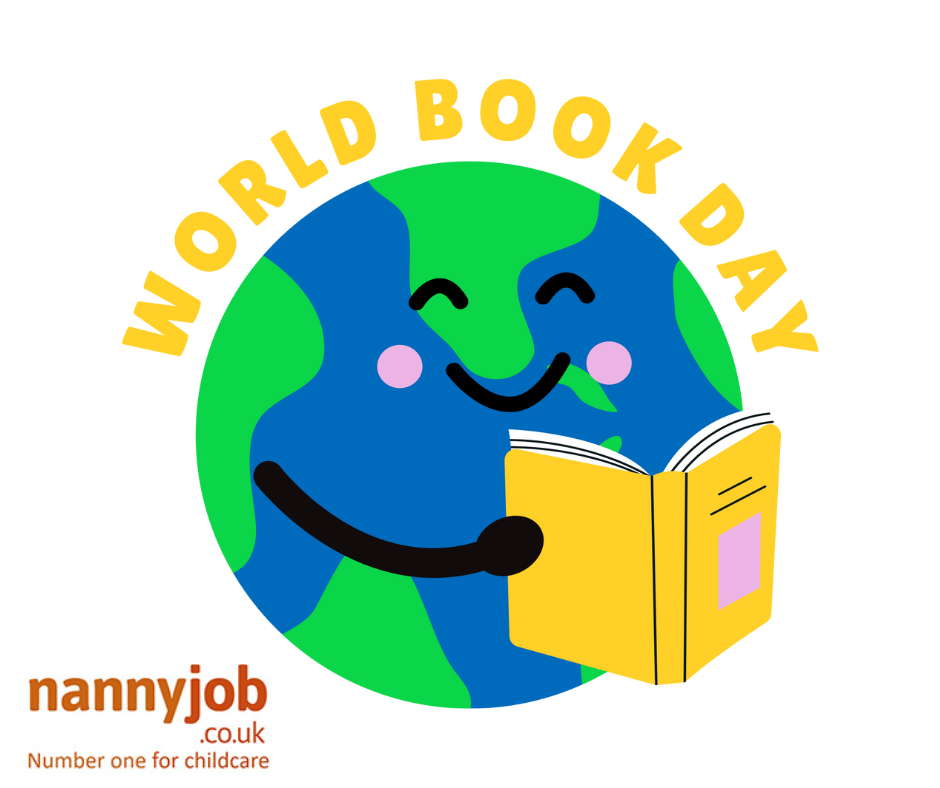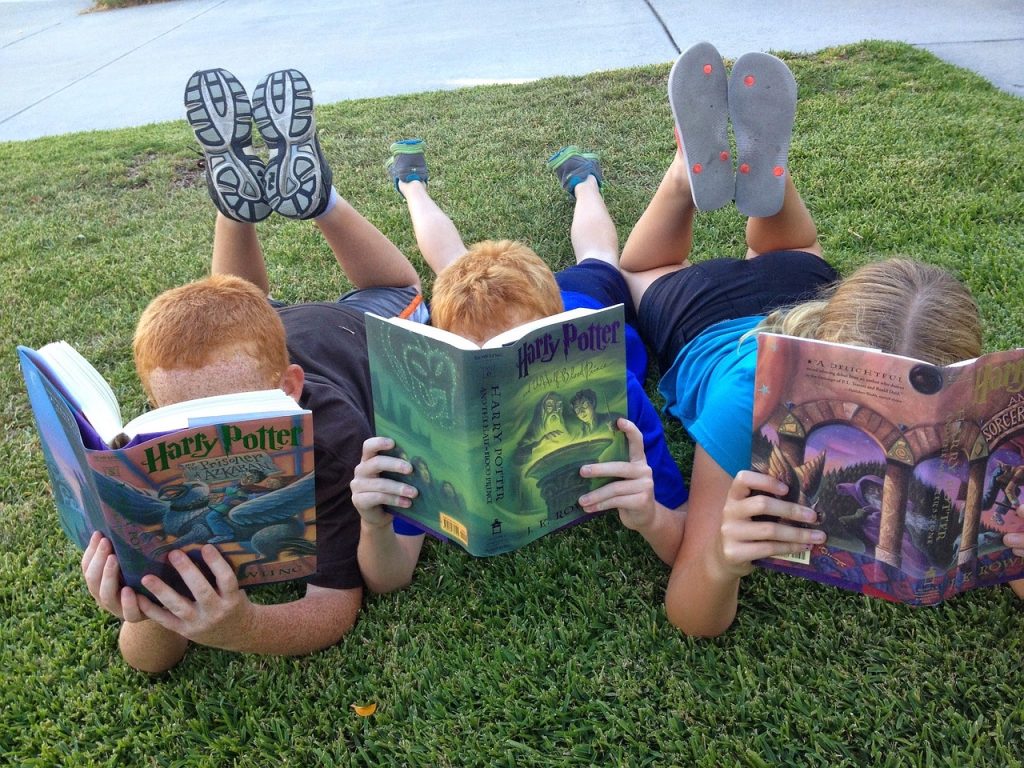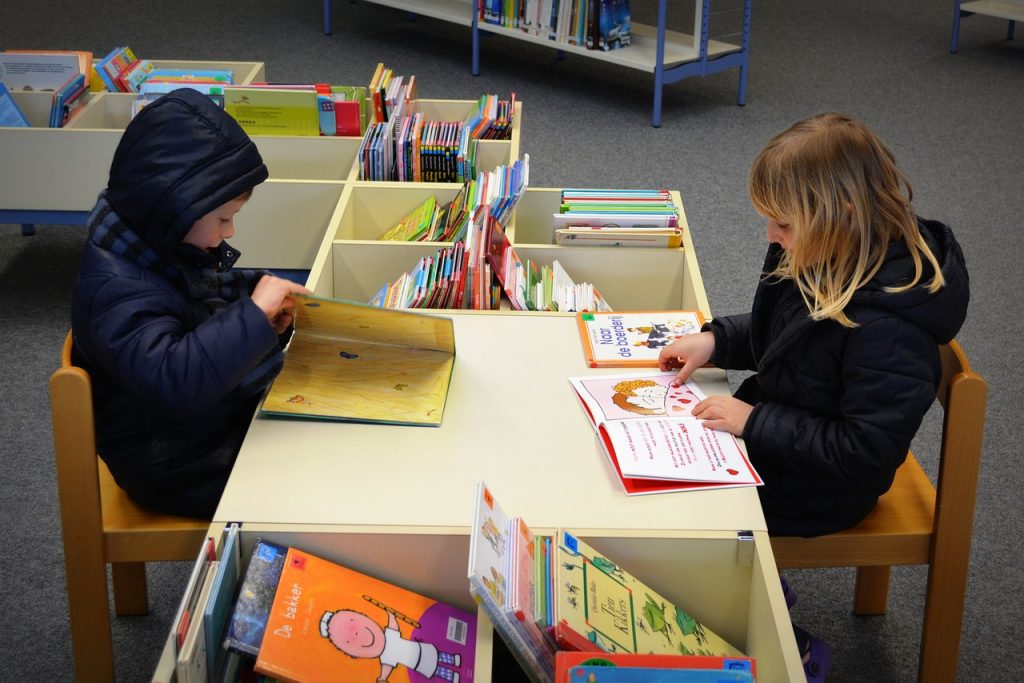Introduction
Every page turned, every story shared, and every character discovered helps shape a child’s understanding of the world. International Children’s Book Day (celebrated each year on 2nd April, Hans Christian Andersen’s birthday) is a beautiful reminder of the power of books and the importance of nurturing a lifelong love of reading.
For parents, nannies, and caregivers, reading to children from an early age isn’t just about words—it’s about connection, imagination, and laying the foundation for future learning. Let’s explore how books benefit children and how we can inspire even the youngest readers.
📚 Why Reading with Children Matters
🧠 1. Supports Early Brain Development
Reading aloud helps build language, literacy, and cognitive skills. It stimulates the brain and supports vocabulary development long before a child can read themselves.
❤️ 2. Strengthens Emotional Bonds
Snuggling up with a book offers a moment of calm and connection. It’s one-on-one time that helps children feel secure, loved, and heard.
🗣️ 3. Boosts Communication Skills
Books introduce children to new words, ideas, and expressions, encouraging them to ask questions, express themselves, and develop their own storytelling abilities.
🌍 4. Encourages Empathy and Understanding
Through characters and stories, children learn to see the world through different perspectives, building emotional intelligence and empathy.
🎓 5. Builds a Strong Foundation for Learning
Children who are regularly read to are more likely to succeed academically. A love for books naturally leads to a love of learning.
🌟 How to Encourage a Love of Reading
📖 1. Make Books Part of the Daily Routine
Read at bedtime, after lunch, or during quiet time. Even just 10 minutes a day makes a difference!
🧺 2. Create a Reading Space
Set up a cosy corner with a blanket and a few books. A special reading spot can make storytime feel extra inviting.
👶 3. Start Young – Really Young!
Babies enjoy the sound of your voice. Board books with textures, colours, and simple images are perfect for tiny hands and curious minds.
🎭 4. Bring Stories to Life
Use different voices for characters, encourage children to guess what happens next, or act out scenes with soft toys and props.
📚 5. Visit the Library or Bookshop Together
Let children choose their own books. Having ownership over their reading choices builds excitement and pride.
🌍 6. Read a Variety of Stories
Include books that reflect diverse cultures, abilities, and families to help children feel represented—and open their eyes to the wider world.
📚 Favourite Book Ideas by Age Group
- Babies & Toddlers: Dear Zoo, Guess How Much I Love You, Where’s Spot?
- Preschoolers: The Gruffalo, Room on the Broom, We’re Going on a Bear Hunt
- Early Readers: Charlie and the Chocolate Factory, Flat Stanley, Isadora Moon
- Older Children: Matilda, The Secret Garden, How to Train Your Dragon
💬 Final Thoughts
Whether it’s a fairy tale before bed or a funny picture book on a rainy day, stories help children grow—not just academically, but emotionally, socially, and creatively.
This International Children’s Book Day, let’s celebrate the joy of storytelling, and remind ourselves that a love of reading starts with one simple story… read together. 💛








